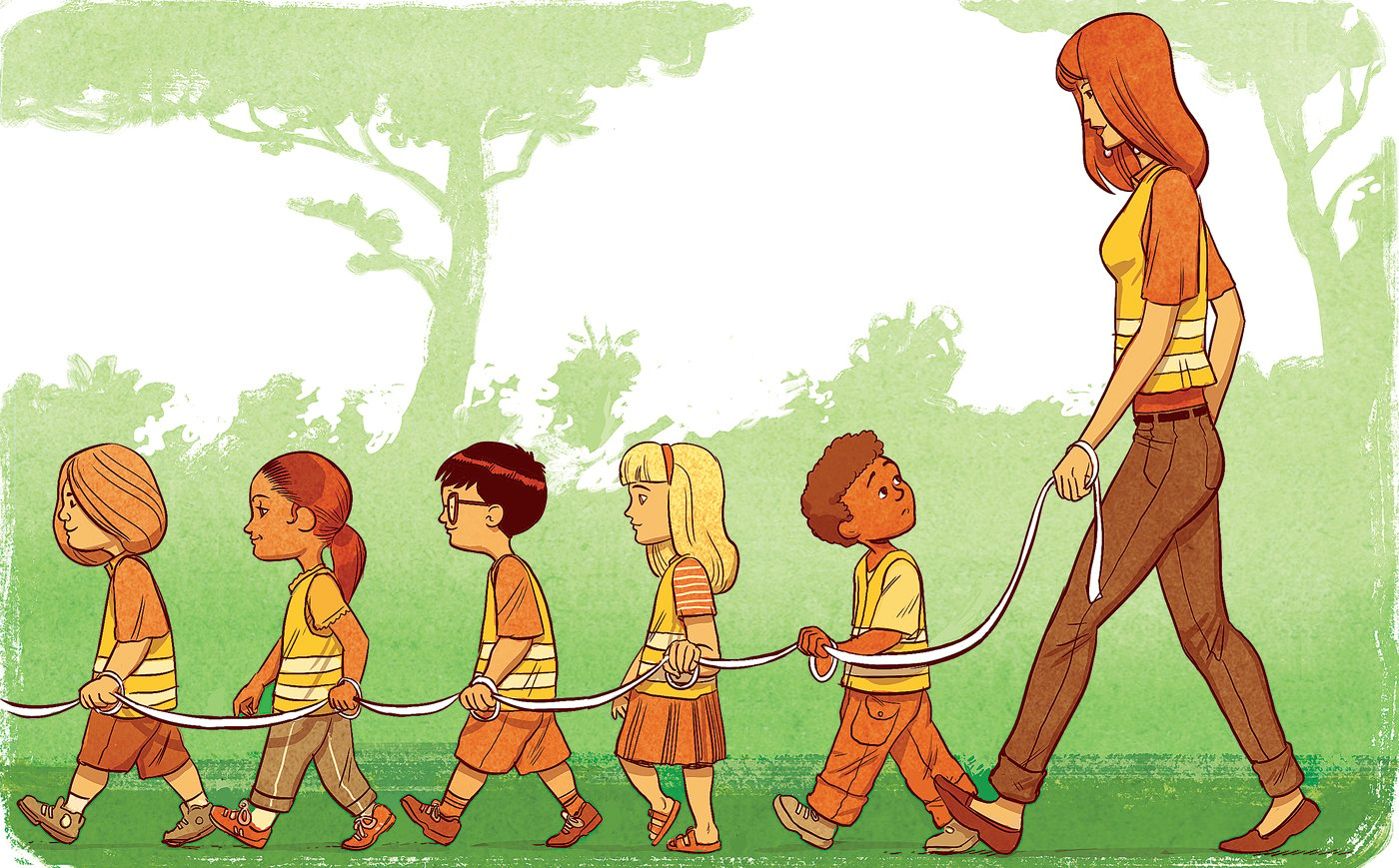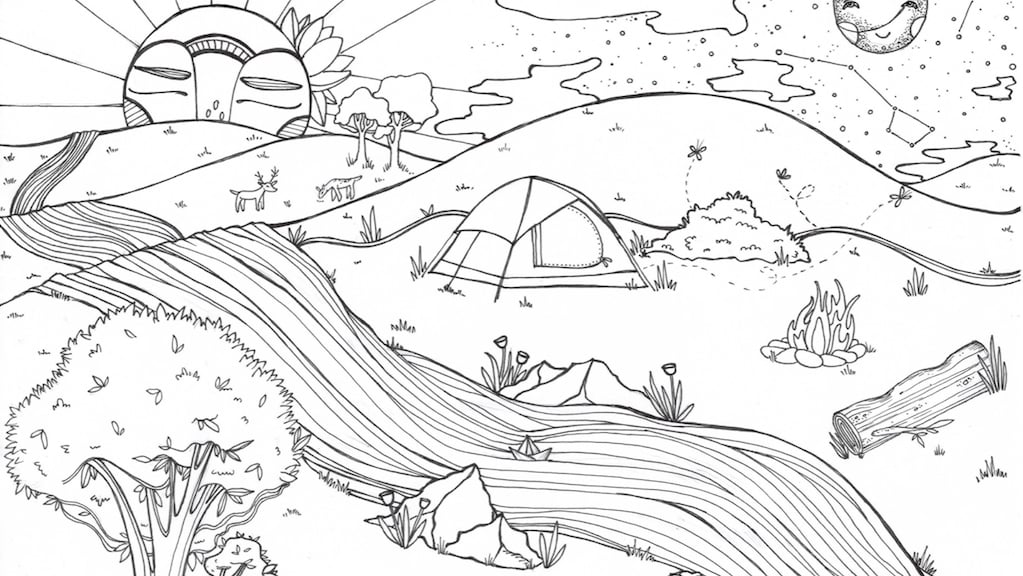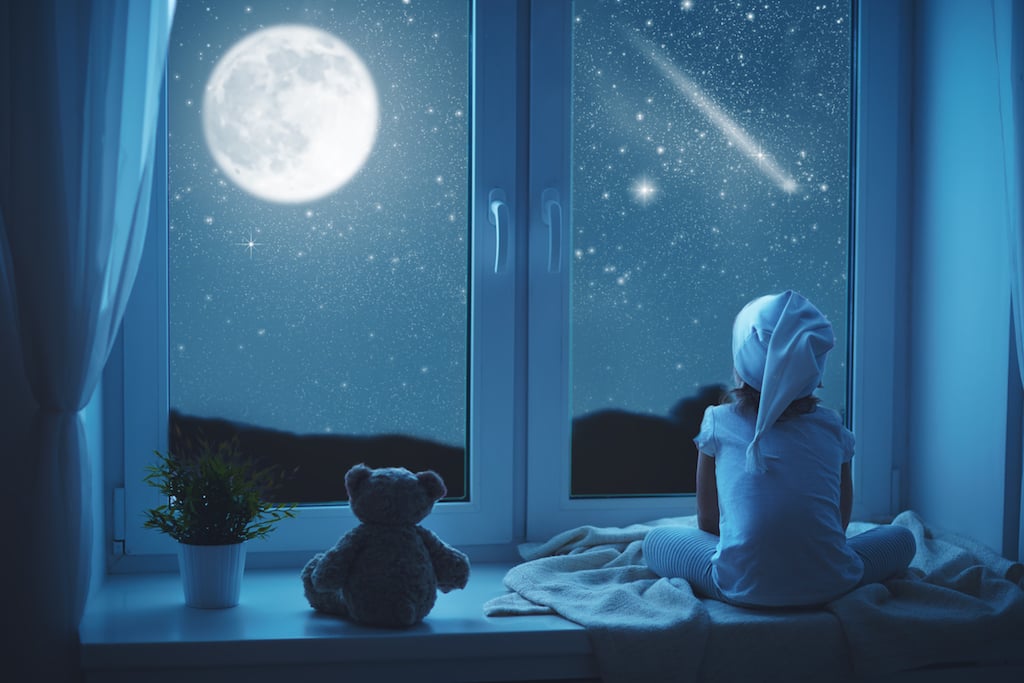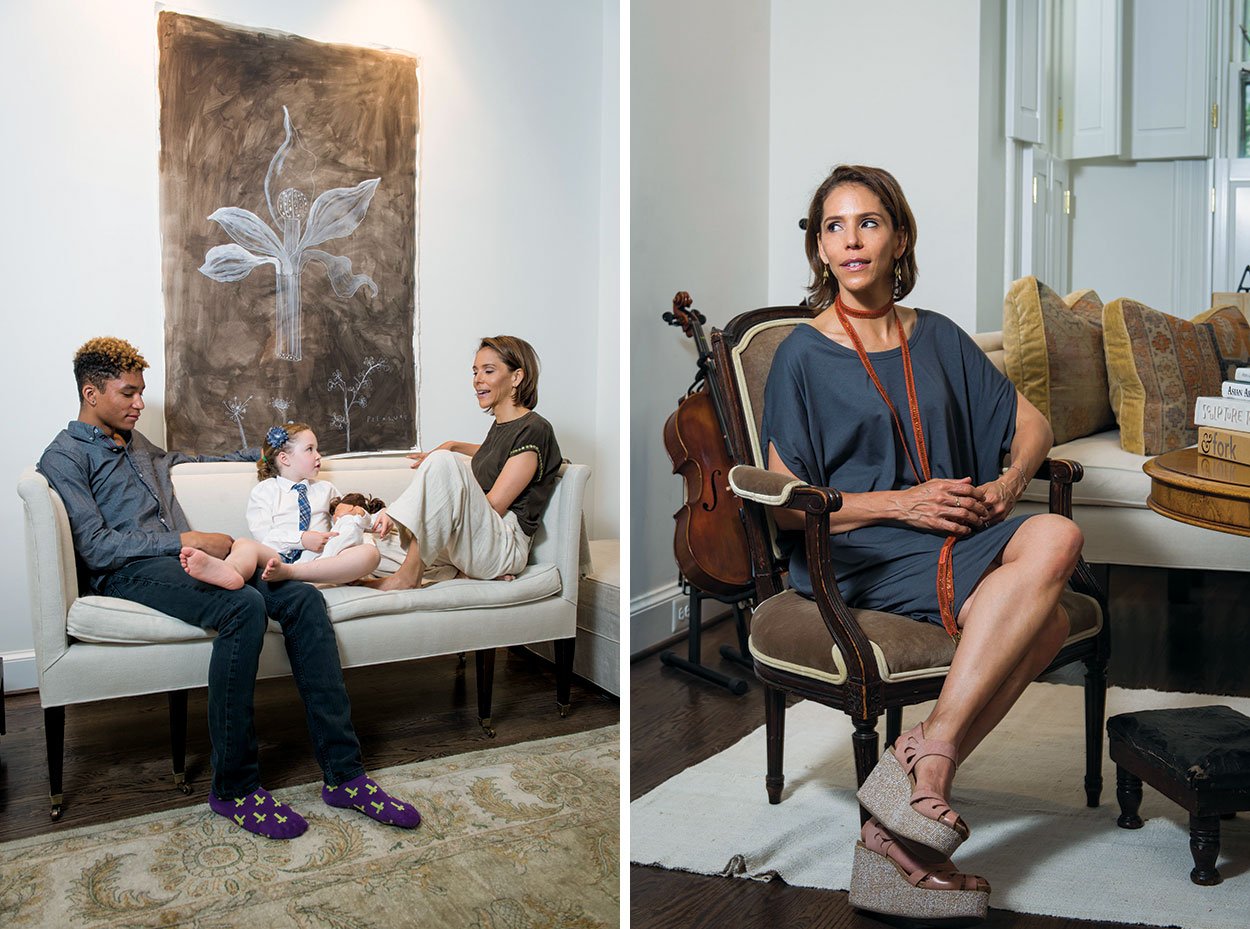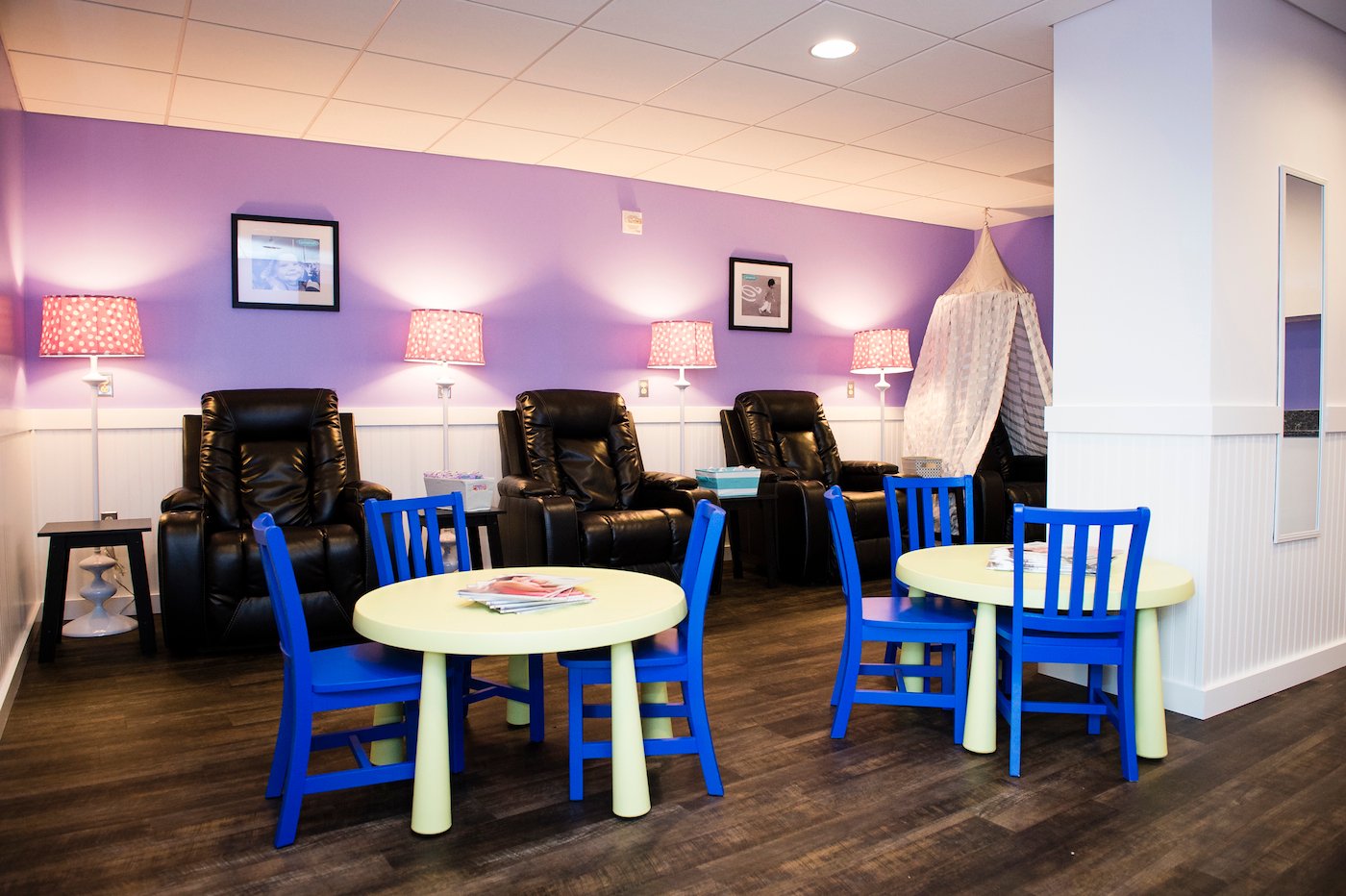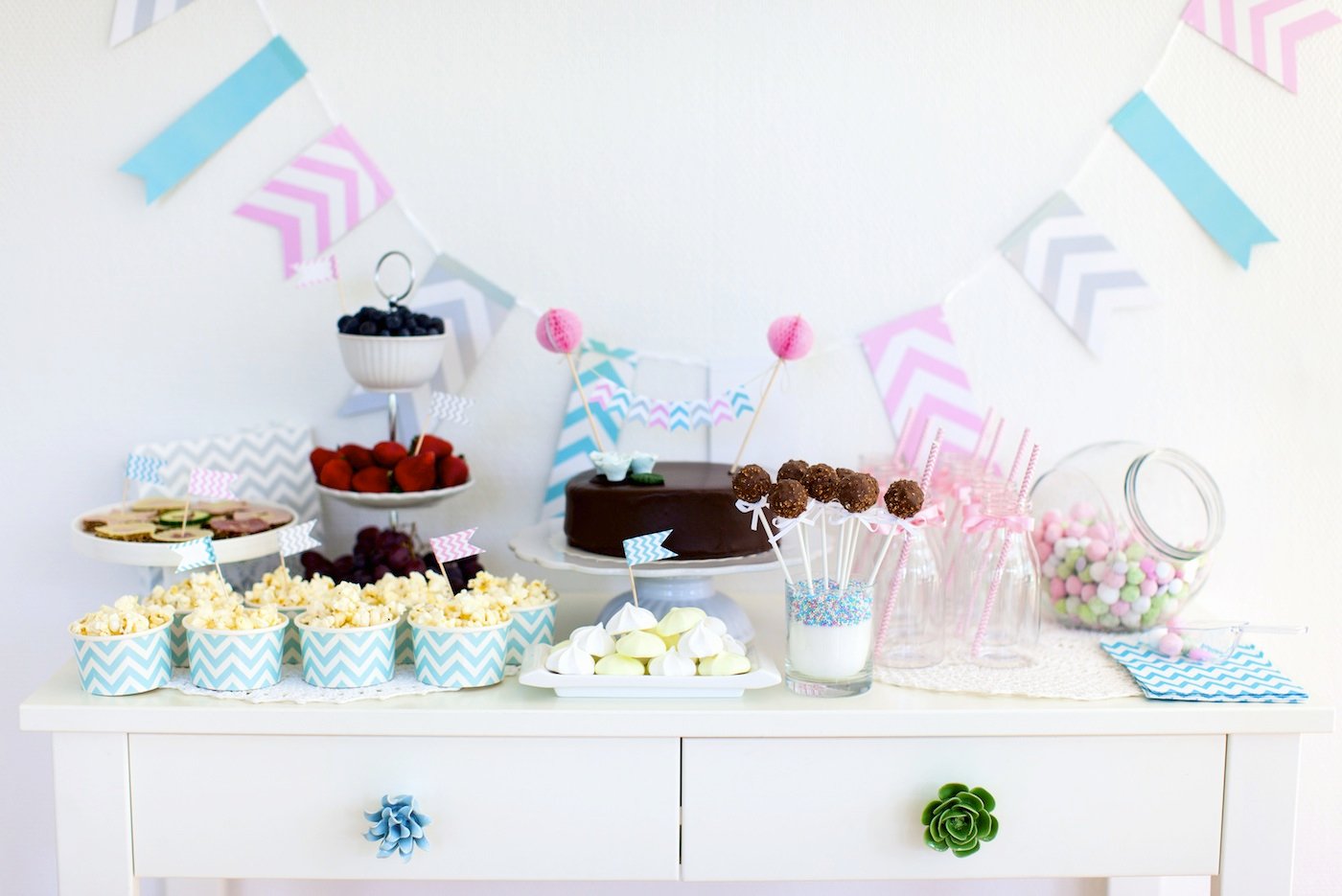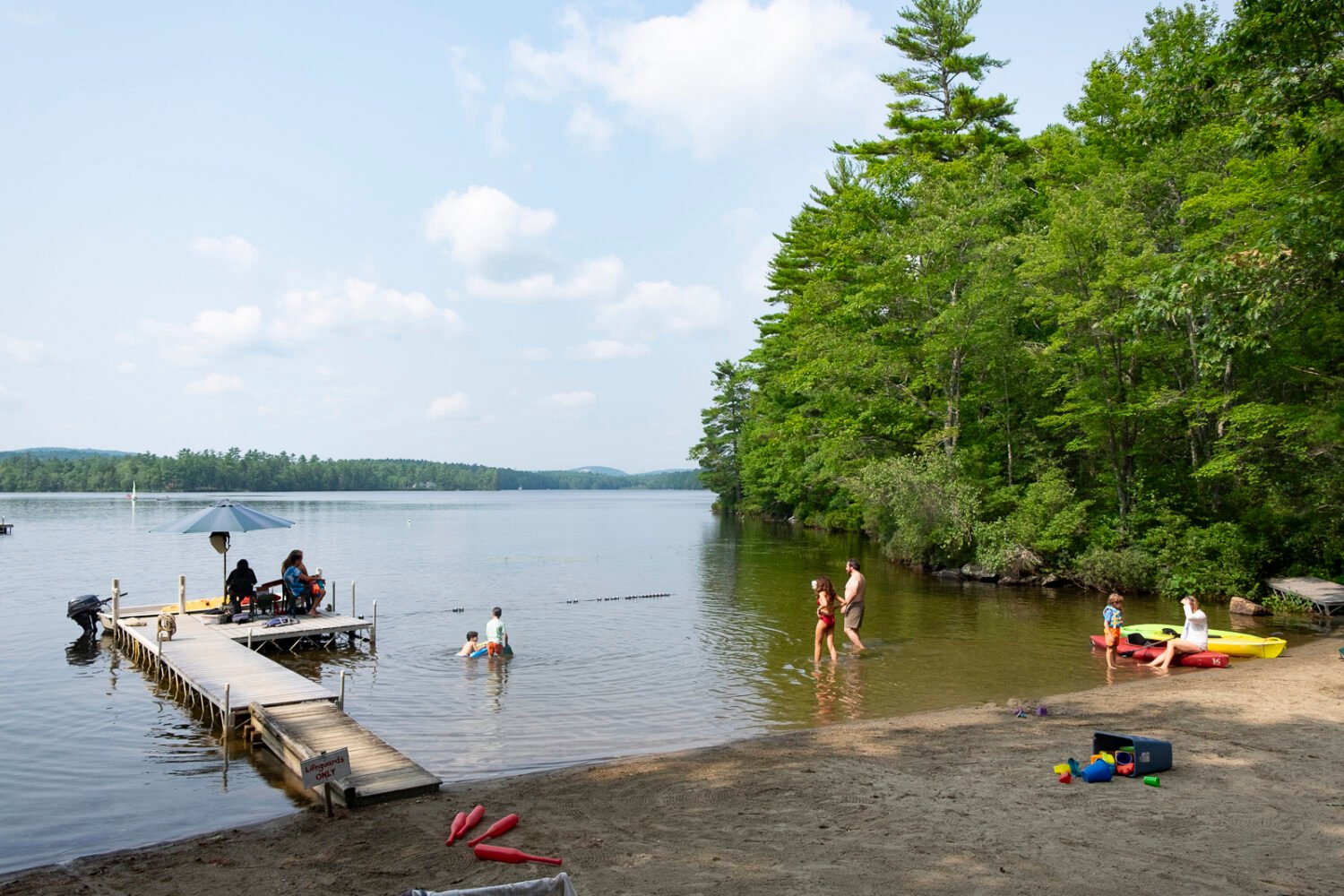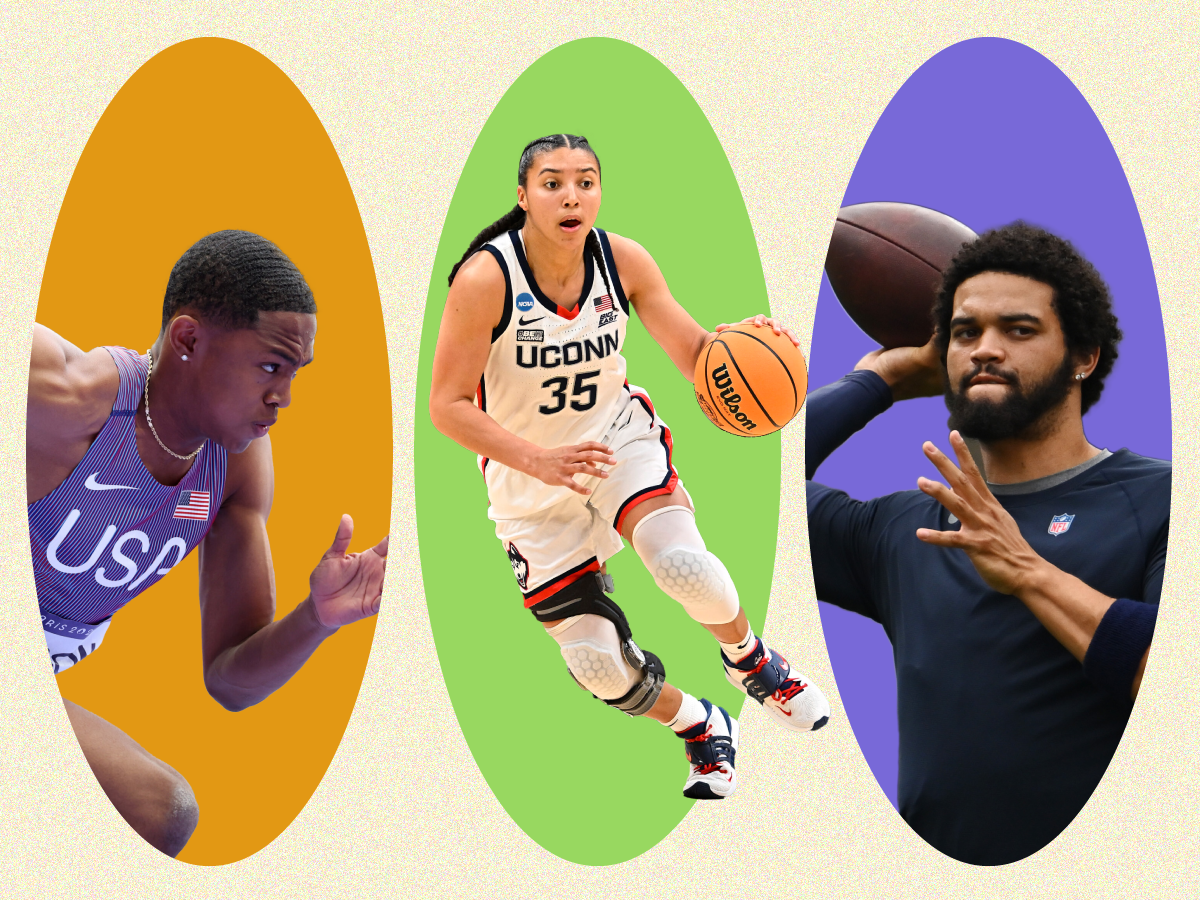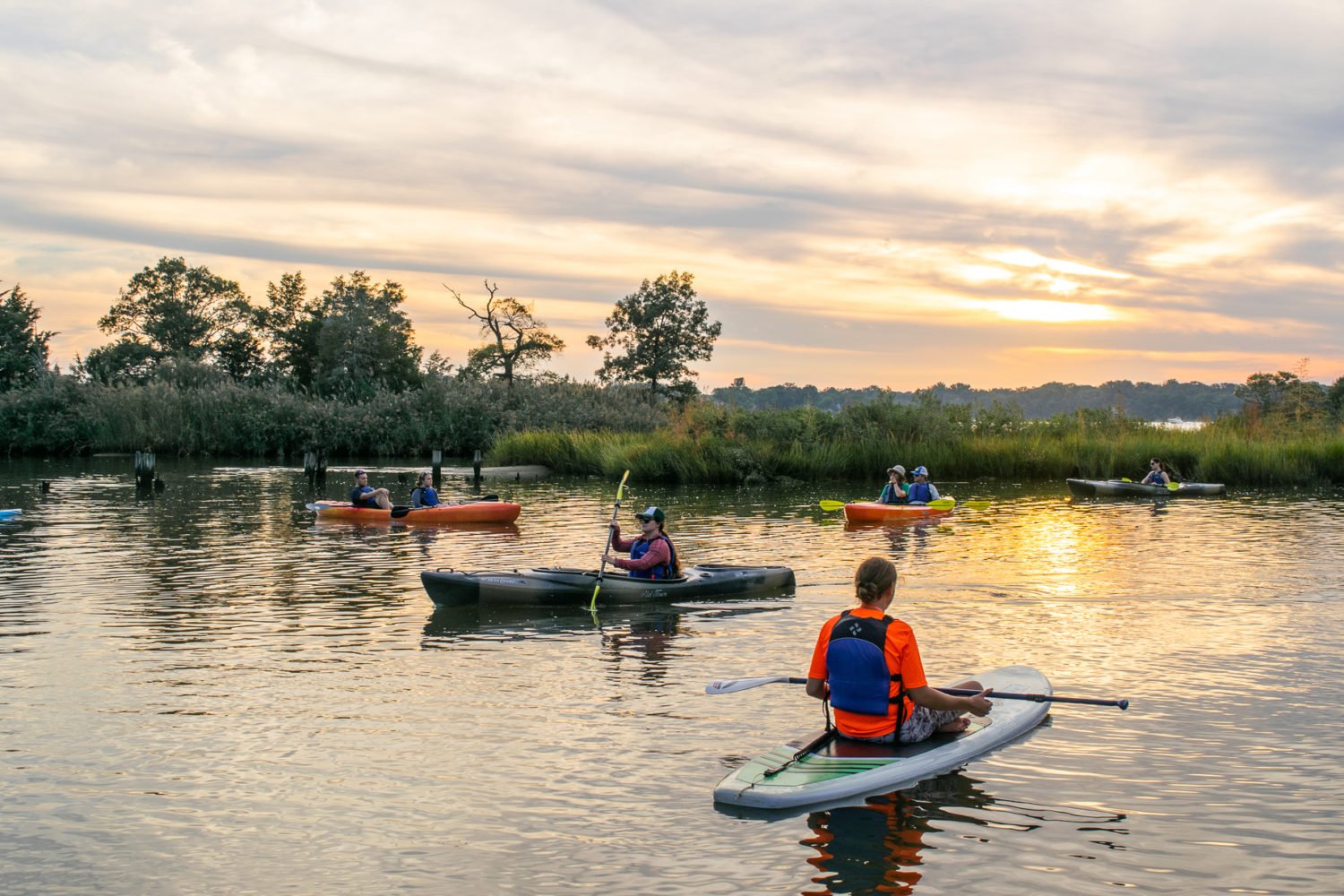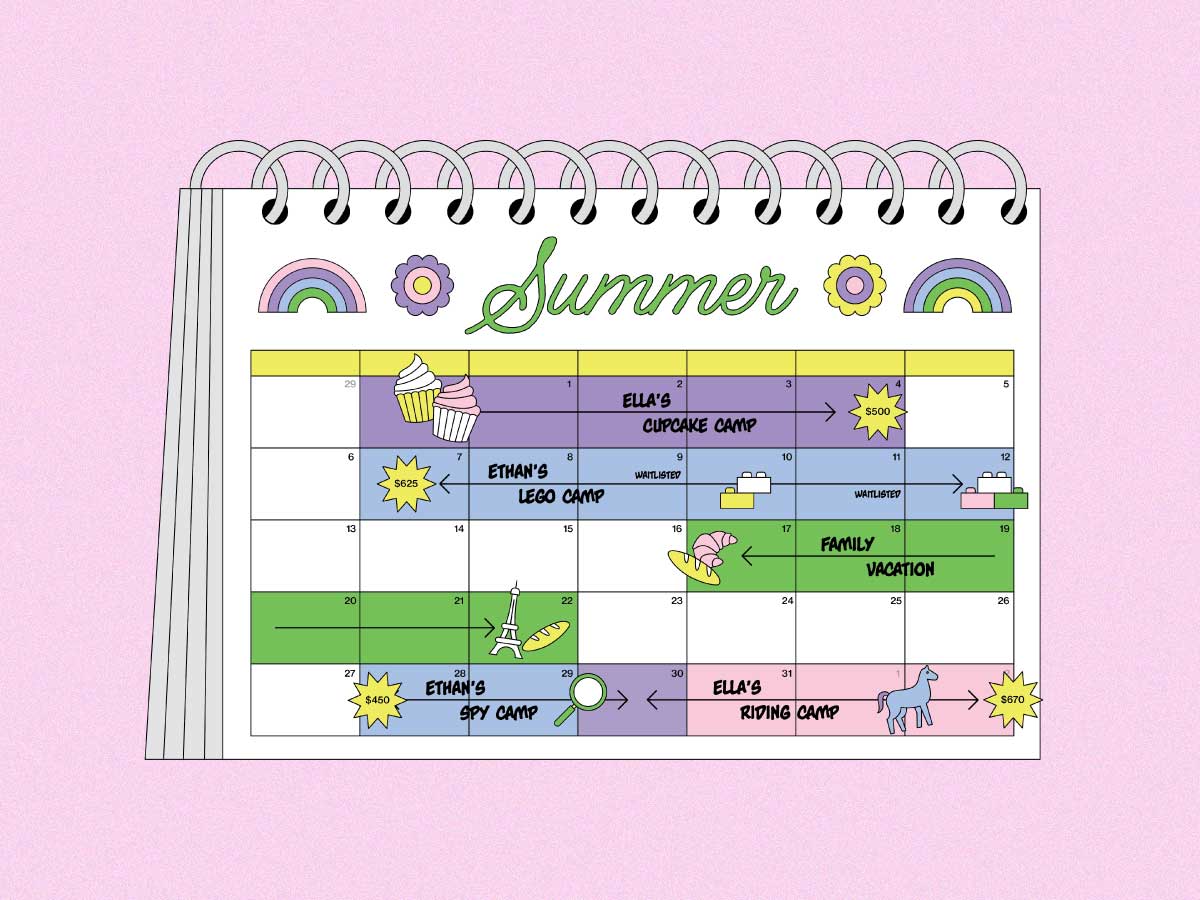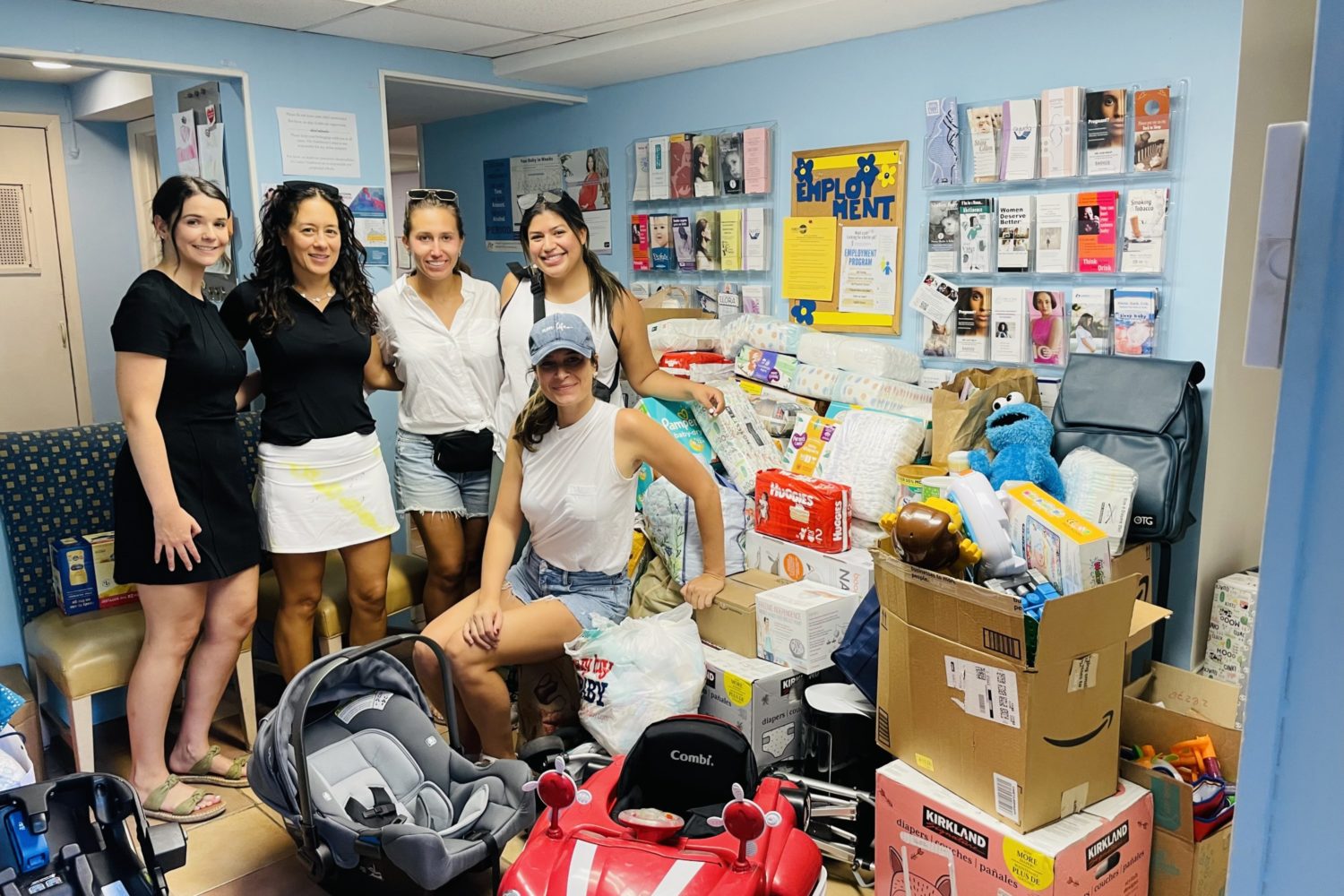I’ve never felt more welcomed. Everyone is chanting my name, clapping for me, and genuinely happy that I am in the room.
No, I’m not at a yoga retreat or enrolled in clown college. I am sitting “crisscross applesauce” on a carpet, surrounded by a group of toddlers, about to start my first day in preschool.
“Cathy came to school today, school today, school today,” sings one of the two classroom teachers to the tune of “Mary Had a Little Lamb.” “Hi, Cathy, hi.”
Across from me is my three-year-old, Leo, who is wiggling around like a bug on fire. Whether he is showing off for me or oblivious to my presence is immaterial. I am not here for him; I am here for me.
Earlier that week, as Leo was balking about getting dressed for school, my husband, Karl, made the offhand remark that Leo was lucky to be a kid. “How can you complain when all you do all day is eat, play, and play some more? And you get a nap in the middle of all that?” he said, flinging up his hands. “What a life.”
But is it really? I thought back to my own time in nursery school where, every day, a kid with an eye patch unintentionally terrified me. Like a feline that gloms on to the one person in the room who hates cats, this kid was my constant shadow. His bandage always looked like its adhesive was about to give out, and my persistent fear was that it would fall off to reveal a gaping hole where his eyeball had once lived. Every morning my hysteria would begin anew, a growing realization that my mother, unaware of the situation, would soon abandon me to my one-eyed tormentor. Whether I was kicked out or pulled out, my mother eventually found an eye-patch-free school for me to attend. (Not as easy for her to address was my early fear of beards.)
Unlike Karl, I had the sense that preschool was not all fun and games. Probably not as traumatic as my early school days, Leo’s experience in my imagination was chaotic and confusing and filled with stressful negotiations and endless indignities.
“It’s harder to be a little person than it looks,” said a friend, summing it up.
Perhaps I could be a more compassionate mother if I could see what Leo faces at school—by facing it with him.
“Are you going to go potty like a big girl?” asks Karl, who is having a field day with this experiment. “And no biting. I don’t want to have to sign an incident report.”
He’s referring to a tense lunchtime the previous week, when Leo got too close to another girl’s sandwich and had his hand bitten as a result, a tiny imprint of top teeth visible in his skin for days afterward.
Luckily, when we arrive at school in Foggy Bottom, the biter is out sick. It’s a small class, just five boys and two girls. And for today, one very big little girl. Already a familiar presence to them, the kids don’t bat an eye when I join them at the sink, knee-level for me, to wash my hands, or wedge my butt into a minuscule chair for morning snack.
The teachers, who know about my “research,” have agreed to treat me like one of the toddlers. Which is why, when Leo sits on my lap during circle time, K. calls him over to sit next to her. I am not Mama today.
I watch K. cuddle with Leo. All hugs and encouragement, she is the kind of teacher who should be cloned. While Leo is all frogs and snails, I’ve noticed he gravitates toward K.’s gentle calm, and not, as I was expecting, to T., whose energy is a bit more rough and tumble. She is the left brain—the systematic taskmaster—to K.’s sensitive and creative right. As I watch Leo settle into K.’s lap, it pains me to realize that most days, I am more like T.
We spend a lot of time sitting on that carpet. From our primary-colored headquarters, we sing out the names of the kids who came to school today, we hold a talent show where everyone’s ability seems to be singing the ABCs (I do the ol’ remove the top of my thumb trick and make a little girl named Lonnie cry), and we listen to T. read the most tedious book in the world.
I don’t catch the title, but it’s some sort of alphabet-themed story. Perhaps bored herself, T. reads in a plodding monotone, and by the time she reads the letter M, half the circle has migrated to the “dramatic play” zone and Lonnie stands in protest and lifts her dress over her head. Oh, I think, to be able to do that at a staff meeting.
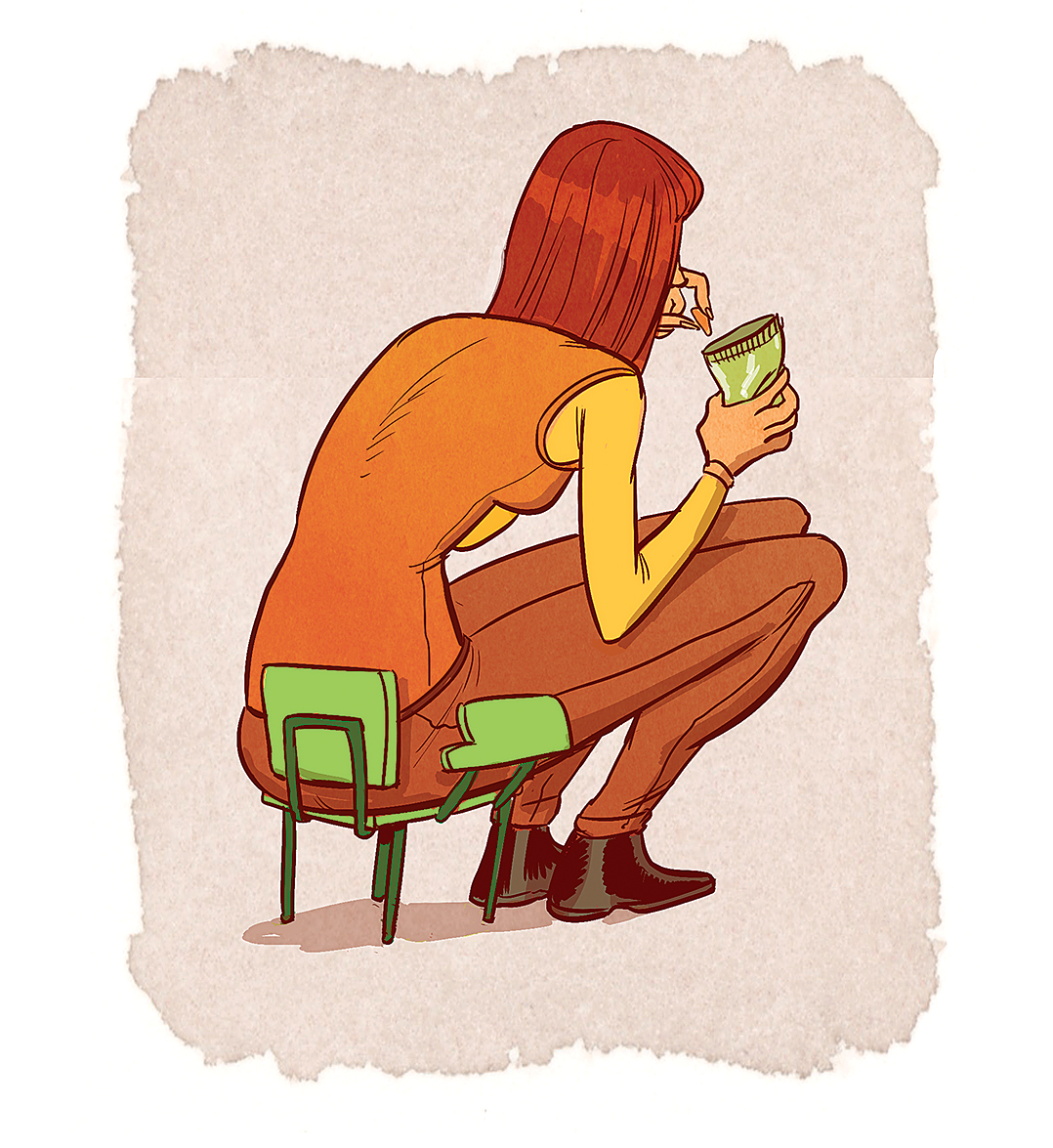
By 10:15 my back is killing me. Good thing it’s time to suit up and stretch our legs at the Francis-Stevens playground.
“You have a big vest,” says a little boy named Anthony.
Remarkably, the teachers have managed to find me a safety vest designed for a huskier kid, and I can join the class in fluorescent solidarity. The preschoolers gather around and laugh, surprised to see a grownup in something so proprietarily theirs. As it should, the vest makes me stand out in a way that labels me as inexperienced and not to be trusted to cross the street. It’s a bit insulting, and it explains why I’ve always felt slightly sorry for the kids I’ve seen wearing them.
Out comes the nylon rope with loop handles in different colors. There is so much tussling over the purple loop that T. assigns colors to us all. I get blue, which is at the end of the line. Leo, who has forgotten all about me by now, holds a yellow loop somewhere in the middle. We hit the sidewalk, and I pray I don’t see anyone I know.
All hell breaks loose on the playground. A minefield of elbows in faces, miniature sneakers squishing miniature hands, pushes up the stairs, shoves down the slide, it’s seven tiny ids on parade. As adults we’d never stand for this sort of brutality, but for these preschoolers, the assaults are all part of an average day; no one takes it too personally.
Leo engages in some of the fracas—the only way he seems to know how to engage with his classmates is to push or pull or smack. But mostly he’s on the sidelines, navigating the perimeter of the playground by himself. I watch him from behind the jungle gym and wonder if he’s always this isolated.
“Leo has no friends,” says A. when I wander to the other side of the playground. Though not one of his teachers, she is in the room most mornings when I drop Leo off. On more than one occasion, I’ve heard her call Leo “boy.” She speaks in a clipped, impatient tone, like she has a bus to catch. Leo, from what I have witnessed, ignores her entirely, fingering the off-limits class boom box or climbing a bookcase like a squirrel despite A.’s repeated scolding.
“He wants one-on-one time with the teachers,” A. continues, “and when he can’t get it, he goes off and plays by himself.”
Watching Leo pull crabgrass over by the chainlink fence, I have nothing but empathy and begin to cry for him. What started as a cute device to explore the life of a three-year-old has become a profoundly upsetting experience.
K. notices me wiping my tears and I tell her about my conversation with A. Her eyes too fill with tears, and she assures me that Leo is never alone. “He’s mine,” she says. All teachers, she whispers, have a favorite. “I watch out for him like he’s mine,” she says again.
When given the option, who wouldn’t choose kindness? No wonder Leo distances himself from the crush of the playground, from the harshness of a critic.
Suddenly, I hear his familiar cries. He’s tripped over a rough patch of ground, and before I know it, I switch into Mama mode and rush to comfort him.
“I upset,” he says when I nuzzle him. “I upset, too,” I tell him.
We head home after lunch and I try to nap, but I can’t. I’m thinking about the most upsetting truth from the morning’s fieldwork: I see myself in all of the adults at school. Energetic, happy, bitchy, rule-oriented, exasperated, distracted. I have been all of these. Watching Leo’s responses to these various dispositions—who he wants to sit near, who he listens to, who he ignores—suggests to me how I must affect him when I’m not at my best.
Thanks to K., I did learn something in school today.

